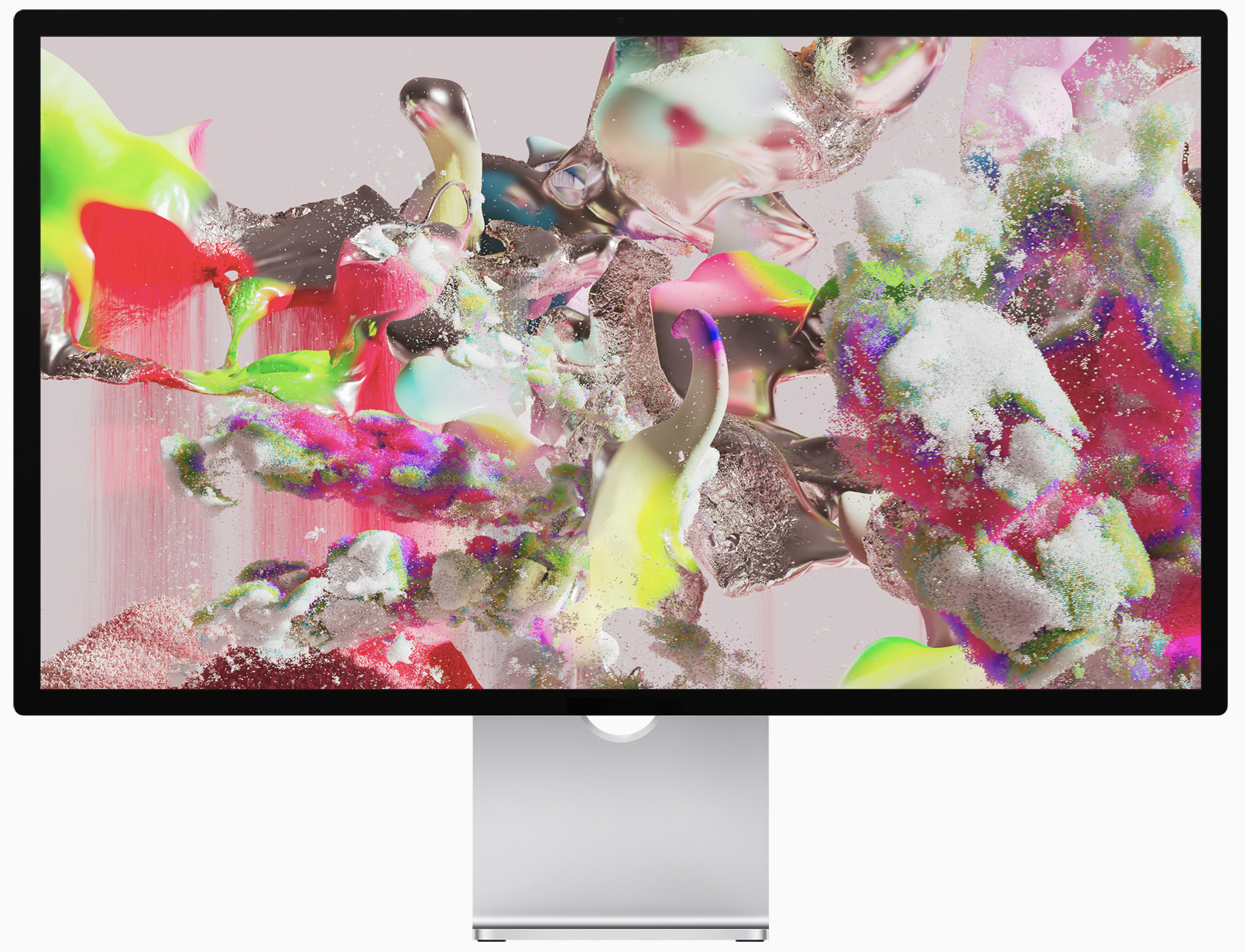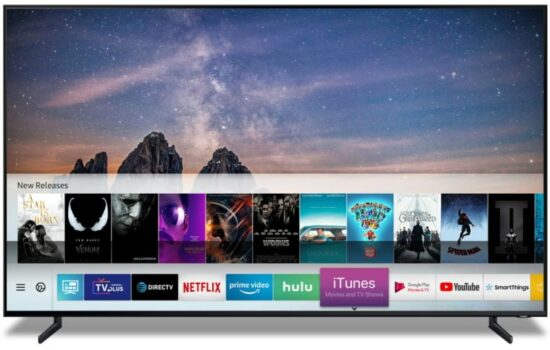Introduction
When Apple unveiled the 24-inch iMac with the M1 chip last year, many analysts had been waiting for the larger 27-inch model to make the transition. Some rumors pointed to either a scaled-up version of the 24-inch iMac or even the revival of the iMac Pro. Mark Gurman from Bloomberg speculated that Apple will debut an Apple Silicon-based iMac Pro as soon as next year. However, Apple announced its super versatile Mac Studio and Studio Display, the tech giant has discontinued the 27-inch iMac, leaving only the 24-inch M1-based model in the iMac. Apple even confirmed to Arc Technica that the 27-inch iMac “has reached end-of-life”. In contrast to those rumors, 9to5Mac has reported that Apple has no plans to launch a larger iMac with Apple Silicon in the near future.
This confirmation has left many Apple fans confused in spite of all the rumors over the past couple of months. So you might be asking, why did all of those reports turn out to be false? The most likely answer is that insider sources mixed up those details for the Studio Display, including the rumored high-end “Studio Display XDR”. We’ll talk about those specifications in a minute. In the end, the Mac Studio and Studio Display will each serve as a more suitable replacement for the now-discontinued 27-inch iMac.
Mac Studio
For those desktop users who have been waiting for a more powerful Apple Silicon Mac, the Mac Studio will fit the bill terrifically. As Apple was announcing its Mac Studio in the keynote, it was comparing that against the 27-inch iMac. Thanks to the M1 Ultra, in CPU benchmarks, the Mac Studio is up to 3.8x faster than the 27-inch iMac. In terms of graphics performance, the Studio is up to 4.5x faster than the 27-inch iMac.
If Apple were to design an iMac with the M1 Ultra, it would certainly be significantly more expensive than what the Intel-based 27-inch model started. Remember all of that performance would generate more heat. Engineering a computer to manage heat efficiently is no easy task, and that’s where most of the costs would come from. This would implementing a larger, heavier heatsink or even making the iMac thicker overall. Another thing to consider is that if the iMac doesn’t manage heat well, it would shorten the life of the built-in display. So designing the larger iMac wasn’t the right move, what could Apple do? Apple could design a computer based on the Mac mini, which would be a more cost-effective solution overall.
By discontinuing the 27-inch iMac, Apple can easily steering customers towards buying the Mac Studio. If you’re coming from a Mac mini, you already have a keyboard, mouse, and display, so you can bring those accessories to connect to the Studio. In case of the 27-inch iMac, you can sell the computer itself and keep the keyboard and mouse to get some cash back. That way, you’ll save some money towards buying the studio and any industry-standard monitor, that is if display specs don’t matter to you.
Studio Display
If you haven’t noticed, the Studio Display shares the same display as that of the 27-inch iMac, save for the extra 100 nits of brightness. What those displays have in common are:
- 27-inch (diagonal) 5k Retina Display
- 5120×2880 resolution at 218 pixels per inch
- Support for 1 billion colors
- P3 wide color gamut
- True Tone technology
- Optional nano-texture glass configuration
However, the Studio Display is no ordinary display that Apple has designed. The tech giant is taking the integrated Mac experience to a whole new level with this new display. The Studio Display is the first Mac accessory to feature a 12MP Ultra Wide camera that brings Center Stage for the first time. Just like on the 24-inch iMac, this monitor brings the same six-speaker system that supports Spatial Audio and a studio-quality three-mic array with support for “Hey Siri”.
You could certainly say that an updated 27-inch iMac would bring all of these features. After all, the Studio Display started at $1,599, so Apple could slap on the M1 or M1 Pro chip on the 27-inch iMac and keep it at around the same $1,799 base price. However, those models with distinct features would cause some confusion on which size to choose from. I think Apple is trying to simplify its iMac line by going back to its original one-size-fits-all strategy that the original iMac began with. The discontinuation of the 27-inch iMac would allow Apple to not only simplify its Mac lineup further, but also to offer a much more versatile option for existing Mac users.
If users coming from the MacBook go for the 27-inch iMac, they would sacrifice the portability that MacBook offers. On the other hand, MacBook users would benefit greatly from using the Studio Display as they can still enjoy the portability that MacBook offers while enjoying the beautifully large display. Since the Mac mini and Mac Pro comes with a mono speaker, but without any microphone or webcam obviously, the Studio Display will complete the same Mac experience as that of the iMac/MacBook. All Mac users with the Studio Display will have the best integrated Mac experience when using FaceTime, listening to music, and watching movies. It is certainly worth the $1,599 on what you’re paying for as there’s really no competition when it comes to all of these features and the tight integration between Apple products. I’m willing to bet you won’t be able to find a monitor that offers this kind of integration.
Conclusion
Both of these products have fulfilled what every users looks in a desktop computer – versatility, performance, and display quality. The Mac Studio will satisfy those who want to take their creativity to the next level by making the most out of the most powerful Apple Silicon. Mac users who want the nicest display in their price range will certainly be happy with the Studio Display. The dream setup will be more expensive than the 27-inch iMac, but you don’t have to buy both of those products at once. Maybe down the road, you’ll find yourselves having the most versatile Mac experience with those products.









